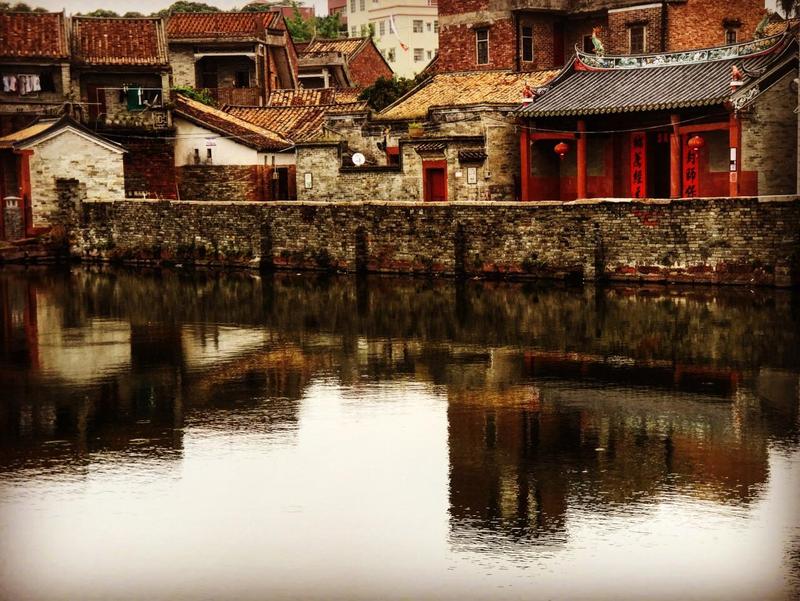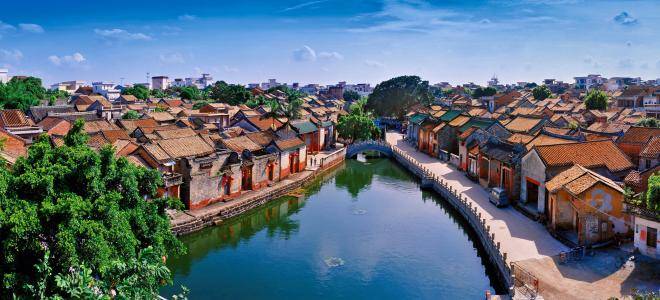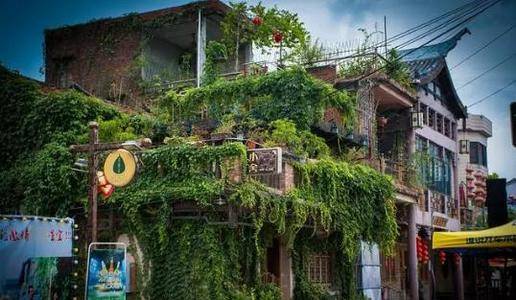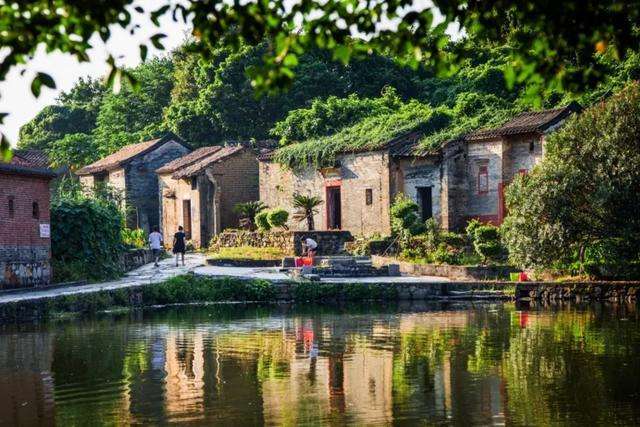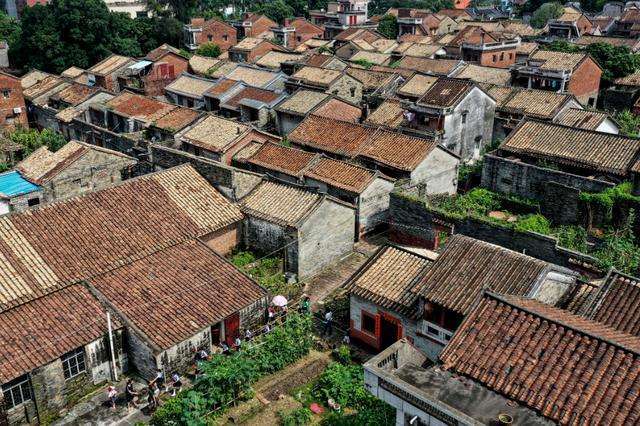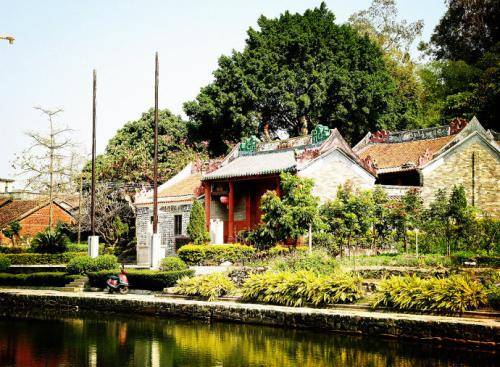Nanshe Ancient Village
The Ming and Qing architecture of the Nanshe Ancient Village in Chashan is the best-preserved among the ancient villages in Dongguan. Built in the early Southern Song Dynasty, it has a history of over 800 years. There are currently 22 ancestral halls and more than 200 ancient residences. Everywhere you can see intricate and elaborate stone carvings, brick carvings, wood carvings, gray sculptures, and pottery sculptures, full of rustic elegance and exquisite beauty. Staff from multiple channels of CCTV have come to Chashan Nanshe for interviews and filming, which shows the profound historical and cultural heritage of Chashan Nanshe.
Tangwei Ancient Village was once a prosperous rural area. Centered around the pond at the village entrance, it faces south with a north-south orientation, forming a grid layout with 'seven vertical and seven horizontal' streets. After many buildings and cultural relics in the ancient village were restored and protected, the village exudes a strong charm reminiscent of ancient towns in Yunnan, making visitors feel as if they have been transported to Yunnan.
Wanjiang Xiaba Fang
Xiaba Fang, known as the Gulangyu of Guangdong, preserves ancient buildings such as the Zhan Ancestral Hall and the Shaoguang Zhan Ancestral Hall, as well as the layout of Lingnan water villages from the Ming and Qing dynasties. It has become a new place to relax with its unique bars and private kitchens. Each shop has its own distinctive decoration, blending ancient Ming and Qing houses with modern bars in a corner of the bustling city.
Qishi Jiangbian Village
Jiangbian Village, once the wealthiest village in Qishi during the Republic of China era, has now been selected as a 'Chinese Landscape Village.' This original ecological ancient village is filled with tranquil beauty, and its exquisite architecture tells a 700-year history. Walking into the ancient village is like traveling through history; ancestral halls, family temples, residences, blue bricks, watchtowers, and firewalls all narrate a story of historical and cultural evolution and the inheritance of folk life. Every summer, when the lotus flowers here bloom, countless tourists are attracted to admire the lotuses and escape the heat.
Liaobu Hengkeng Ancient Village
Hengkeng Ancient Village was first built during the Yuan Dynasty's Yanyou period and has largely retained its original appearance. The ancestral hall is relatively tall and spacious, with exquisite carved beams and painted rafters, showcasing distinct Ming Dynasty architectural styles and features. By the Hengli Lake, there are more than 10 ancient trees over 500 years old, including a fine-leaved banyan tree that is 630 years old, known as the 'King of Trees' in Liaobu. It has witnessed the vicissitudes of the ancient village's development over centuries. The Zhong Ancestral Hall located within the ancient village is one of the four major ancestral halls in Dongguan and has been listed as a municipal-level protected cultural relic.
Liaobu Xixi Ancient Village
Xixi was originally called Luxi, named after the village built by the Xixi River. Like many ancient villages in Dongguan, Xixi Ancient Village is not well known. Over the years, it has gradually faded and become quiet and neglected. Despite centuries of weathering, these ancient buildings remain remarkably intact, which is quite rare.
Qiaotoujing Lian Ancient Village
Qiaotou Town's Lian Ancient Village is serene and quiet, as if it has never been disturbed by the mundane world, nor burdened by the title of 'Ancient Village.' Being in the village feels like discovering endless treasures, with surprises at every turn. With a history of nearly 800 years, it is a well-known 'scholar village.' The entire ancient village features buildings of varying heights, complemented by ponds and forests, creating a charming picture of ancient village scenery.
